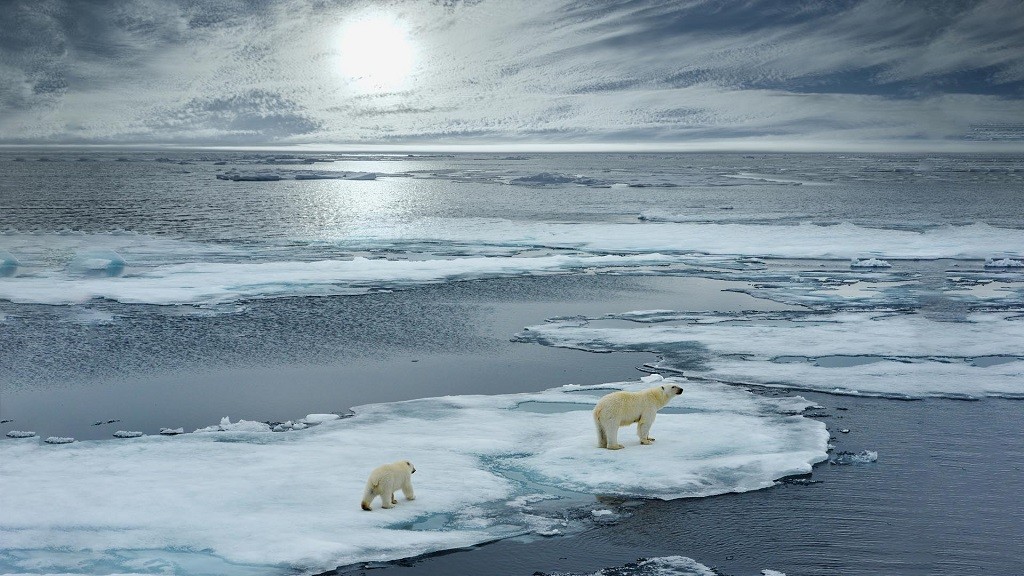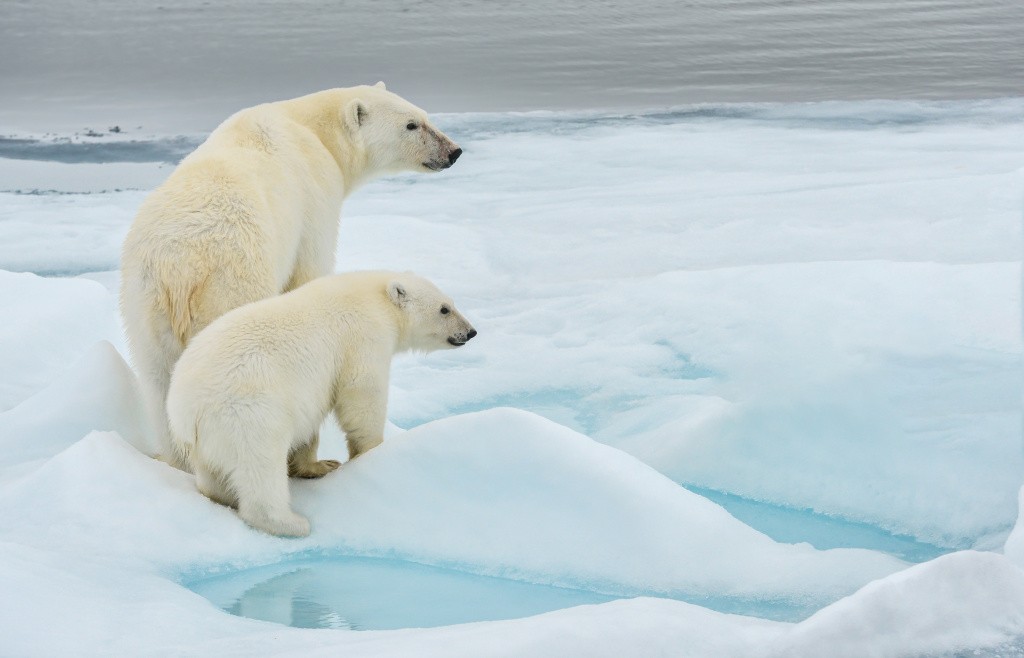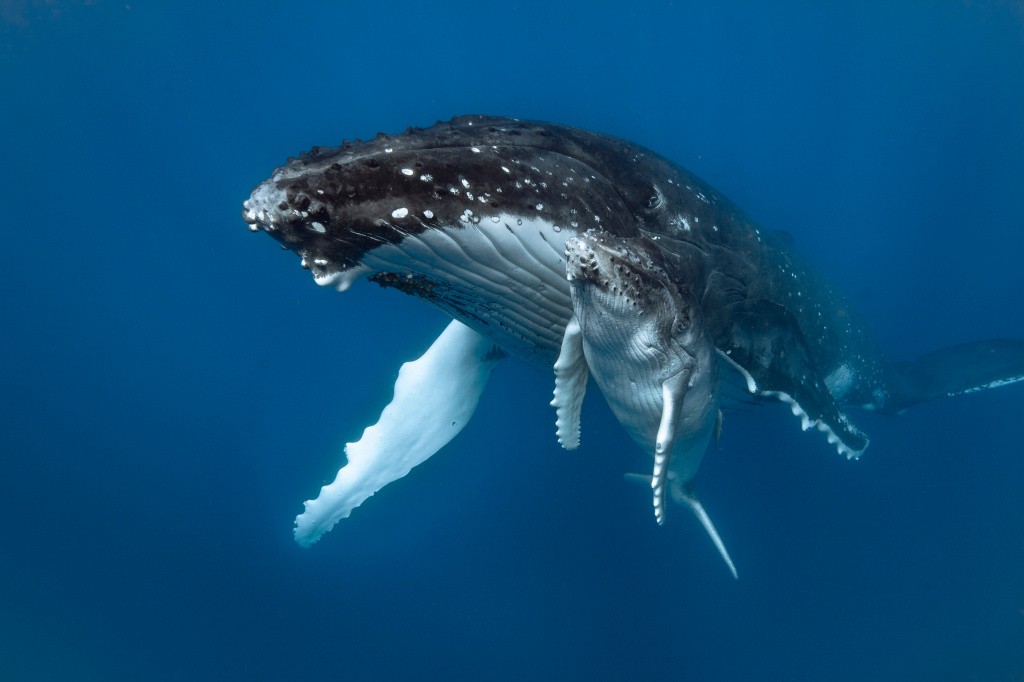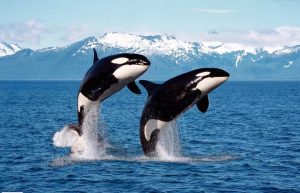Inhabitants of the Arctic

The Arctic remains one of the few corners of the Earth preserved in its original form, and contrary to expectations, life is booming here. Arctic animals are the record holders for survival in extreme conditions. When the air temperature does not rise above 0 °C even in the height of summer, icy winds blow all year round, and the sun does not appear over the horizon for almost six months, the main task of the inhabitants of these places is to preserve body heat in any way and not freeze.
One of the best options is to accumulate a thick layer of subcutaneous fat, which seals are particularly good at. Birds are saved by lush plumage, and land mammals are saved by thick fur. Long ears and slender legs are an unacceptable luxury in Arctic conditions: small ears and thick paws are much more difficult to freeze off. An additional advantage is the large size and impressive body weight, which help to generate the right amount of heat. This is the only way to become a permanent resident of the icy desert. And if it didn’t work out, there is always a backup option – to fly or sail to the Arctic in the summer months, when it briefly ceases to be extremely harsh.
Polar bears

The most famous of the permanent inhabitants of the Arctic is the polar bear, one of the largest terrestrial predators on the planet and the largest representative of its family. Some males of this species grow up to three meters in length and reach a weight of a ton.
Polar bears have adapted so well to Arctic conditions that they cannot be found anywhere except in the Arctic. The white color makes predators invisible in the icy desert. A thick layer of subcutaneous fat protects against frost. The thick fur repels water and perfectly retains heat: even infrared photography does not allow you to detect the beast. The soles of the paws are “lined” with fur so that they do not freeze and do not slip on the ice. In search of prey, bears are able to swim tens of kilometers, and their excellent nose allows them to smell their favorite delicacy, the ringed seal, hundreds of meters away. Incredible endurance, agility and strength have made these animals the real masters of the Arctic.
Whales

The largest inhabitants of the Arctic Ocean are huge whales. Blue, gray, humpback and Japanese whales, fin whales, narwhals, and sperm whales come to the northern waters to work up fat. And the bowhead whale is the only one of all relatives who spends his whole life in the cold polar waters. This huge mammal ranks second in the world in terms of body weight, reaching one hundred tons, second only to the blue whale. And the life expectancy of a bowhead whale can be 200 years. It is possible that the Arctic waters are still being plowed by a giant born during the Napoleonic Wars.
Beluga whales also rarely leave the Arctic expanses, which, due to its small size, is often called the “polar dolphin”. These whales, only 5-6 meters long, gradually change their skin color from blue to white with age, hence the name of the species. They are very talkative and can produce a rich palette of sounds: mooing, whistling, gurgling, clicking, sighing, squeaking and roaring. That is why the expression “roar like a beluga” appeared in Russian. And polar explorers affectionately call belugas “sea canaries”.
Walruses and seals

To pull his huge body weighing up to two tons onto the ice floe, the walrus has to rely on tusks. A layer of subcutaneous fat up to 15 cm thick saves huge animals from the cold, but it almost caused their complete extermination. Today, hunting for them is prohibited, an exception is made only for peoples whose survival depends on the extraction of walruses. The Chukchi of Kamchatka, for example, have found use in the economy of almost every part of the walrus carcass, and their cuisine cannot be imagined without the meat and fat of walruses.
Several species of seals living in the Arctic seas are inferior to walruses in size, but not in fatness: their fat layer can also reach tens of centimeters. It retains heat so well that seals can lie on the snow for hours, and it doesn’t even melt. On earth, these animals look clumsy, but as soon as they return to the water, they immediately turn into nimble and impetuous hunters. After all, if walruses feed on shellfish by digging them out on the seabed, then seals feed on fish. In pursuit of prey, the streamlined body shape allows them to reach speeds of up to 25 km/h and dive to a depth of 600 m. You can still look for such wonderful swimmers!


